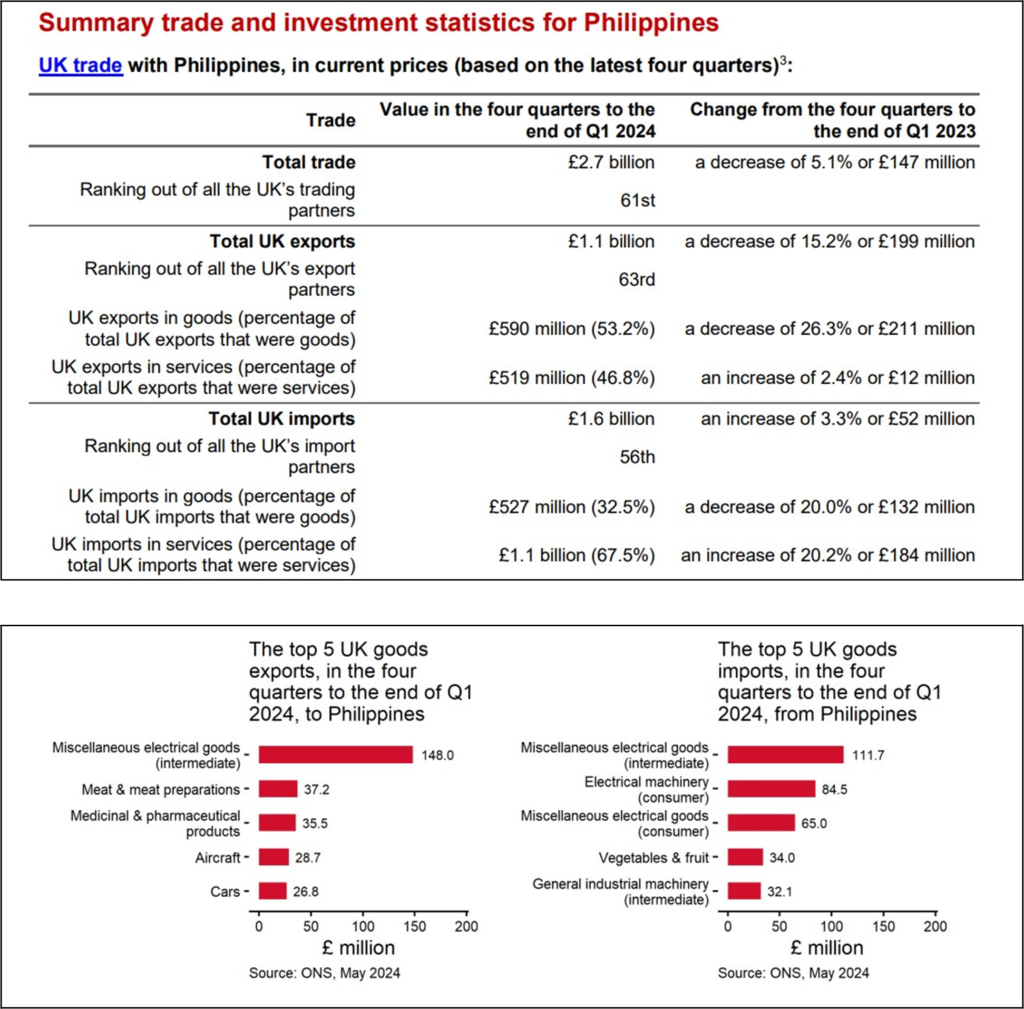How do we know there’s a commercial real estate boom in Manila? Just count the tower cranes in Manila.
According tho this article published in the South China Morning Post, “Tower cranes tell story of commercial real-estate boom in Manila”
Manila’s changing skyline demonstrates a city coming up in the world.
The capital of the Philippines, Manila, is in the throes of a property boom described as the best in two decades, reflecting the increasing confidence in an economy that only recently began shedding its image as one of the region’s basket cases.
Nowhere is it more obvious than at Bonifacio Global City, a commercial and residential property development on a portion of land carved out from Manila’s biggest army base.
The site was originally sold by a cash-strapped government in the mid-1990s, but building only got under way in earnest during the last six years after Ayala Land took ownership. Under the Spanish-Filipino business clan that runs Ayala, construction is now going full tilt.
“Work here is 24 hours,” said Renel Reyes, an engineer and property manager overseeing a 30-storey tower due to be completed by the year’s end.
Soon to be home to Nickel Asia and local conglomerate Aboitiz Equity Ventures, NAC Tower is just one of several tower blocks under construction.
Reyes said the state of the market was obvious to anyone who looked up.
“There are so many tower cranes, a good indicator of the construction boom right now.”
Located near Makati, the main business district that grew up in the 1970s, Bonifacio is a project in progress, but rents at 800 pesos (HK$151) per square metre are already catching up with its older, established but saturated rival.
Though rents paid in Makati have recovered almost 30 per cent in the last three years, they are still way below the peak of 1,200 pesos per square metre paid before the global financial crisis hit in 2008, data from property manager and consultancy Jones Lang La Salle Leechiu shows.
That makes renting in Manila’s business districts far cheaper than Hong Kong, Shanghai or Singapore. But then infrastructure remains a drawback, as anyone arriving at Manila’s tired old airport quickly realises.
Still, as Bonifacio lures companies tired of Makati’s cramped spaces with its sprawling parks, luxury hotel chains and Italian supercar makers have followed the money.
Lamborghini opened its first Philippine showroom, side by side with Ferrari, in Bonifacio, while Hyatt and Shangri La hotels are opening there soon.
Office space in most new buildings is snapped up long before completion. At the NAC Tower, for example, only six floors aren’t let, but Reyes said they had potential takers.
Take-up of new office space this year is set to hit a record 400,000 square metres, up as much as 25 per cent from last year, according to Jones Lang and CBRE Philippines
“Pre-leasing is back,” said Rick Santos, chairman of CBRE. “We are now experiencing the best real-estate market in the Philippines in the last 20 years.”
The primary driver of demand for office space comes from business process outsourcing (BPO), firms catering to European and American multinationals that want to cut costs.
With one of the region’s fastest growth rates – gross domestic product rose 6.1 per cent in the first half – the Philippines has shown resilience in the face of falling demand in the West and China.
Analysts say the Philippines could achieve its first investment-grade sovereign-debt credit rating in the next 12 months, about seven years after ending its debtor-nation status with the International Monetary Fund.
Strong private and public consumption has underpinned growth, while inflows of foreign capital have driven the stock market to new peaks and the peso to near five-year highs.
An anti-corruption drive launched soon after President Benigno Aquino came to power in 2010 has helped the nation’s image with foreign investors.
Low inflation, low interest rates, and a ready supply of reliable, English-proficient labour are strong draws for foreign businesses seeking to reduce costs by expanding in Southeast Asia.
The vibrancy is evident in Bonifacio, where fast-food chains and coffee shops are open round the clock, mainly for call-centre employees.
The BPO sector accounts for 80 to 90 per cent of office space rented in the Philippines, and is a major source of employment for the country’s nearly half a million new college graduates annually.
The industry is forecast to double its current employee base of more than 600,000 by 2016 as Western companies send more accounting, legal, data processing and other back-office jobs to the Philippines, fuelling sustained growth in demand for office space.
Rents are expected to stabilise in coming years as new office space totalling at least 1.3 million square metres becomes available from next year to 2015, according to Jones Lang, with little danger of property bubbles as supply is just keeping up with demand.
Outside Manila, a similar transformation is unfolding, with industrial parks, especially those close to the capital and devoted to manufacturing, drawing more foreign firms than ever before.
“What we are seeing now is the re-emergence of manufacturing, which is really good for the economy because manufacturing employs people that the BPO industry won’t,” said Lindsay Orr, the CEO of Jones Lang.
Did you like this? Share it:

 .
.









Recent Comments